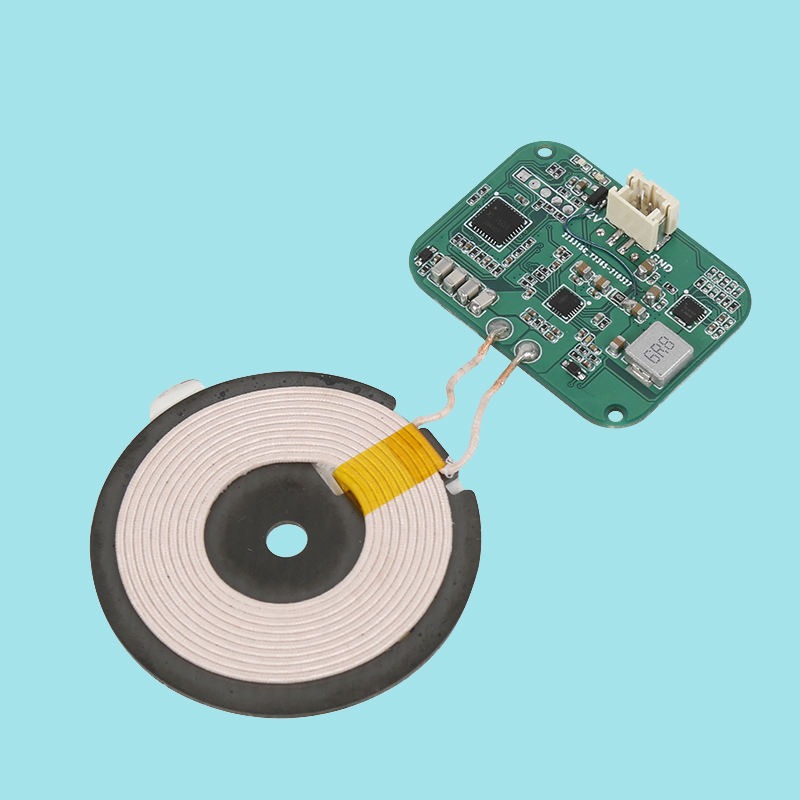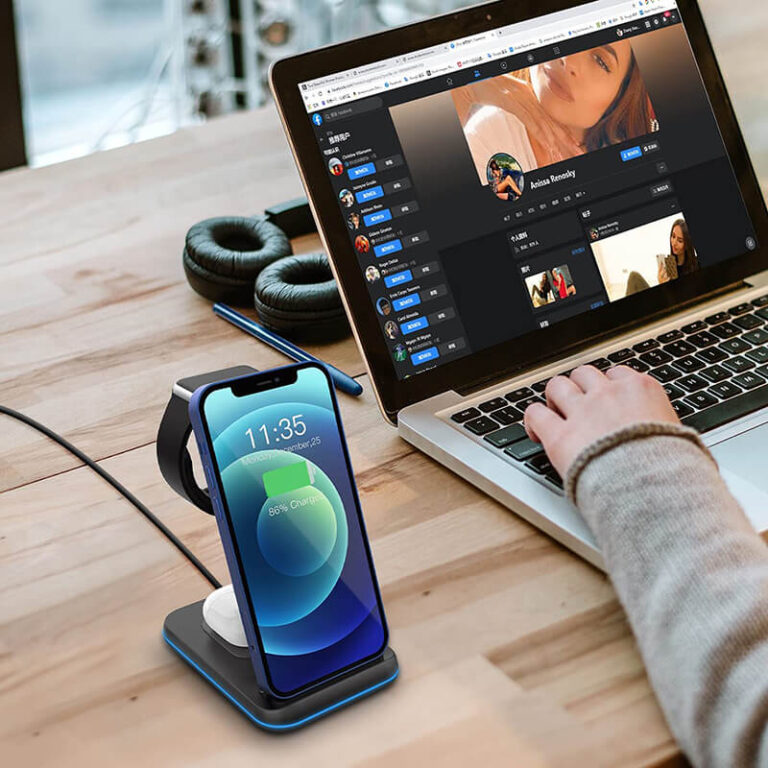Learn about Wireless Charging Technology
In 1890, physicist and electrical engineer Nikola Tesla (Nikola Tesla) had already done wireless power transmission experiments, realizing alternating current generation. The International System of Units for Magnetic Induction is also named after him. The wireless power transmission method conceived by Tesla is to use the earth as the inner conductor and the earth’s ionosphere as the outer conductor, and establish a low-frequency resonance of about 8Hz between the earth and the ionosphere by amplifying the transmitter in the radial electromagnetic wave oscillation mode. Energy is transmitted using surface electromagnetic waves circling the Earth. However, due to insufficient financial resources, Tesla’s bold vision has not been realized. Although later generations have completely confirmed the feasibility of this scheme in theory, the world has not yet achieved Datong, and it is impossible to broadcast and obtain energy for free worldwide. Thus, a great scientific idea is stillborn.
On June 7, 2007, the MIT research team published the research results on the website of the American “Science” magazine. The research team applied resonance to the transmission of electromagnetic waves and successfully “grabbed” the electromagnetic waves, using copper coils as electromagnetic resonators, one coil was attached to the side that transmits electricity, and the other group was receiving electricity. After the transmitter sends an electromagnetic wave of a certain frequency, the electromagnetic field spreads to the receiver, and the power is wirelessly conducted. The technology, which they call “wireless power,” has been tried and tested successfully to power a 60-watt light bulb two meters away. The farthest transmission distance of this technology is only 2.7 meters, but the researchers believe that the power source can already charge the battery within this range. And only one power supply needs to be installed to power the appliances in the entire house.
In February 2014, computer manufacturer Dell joined the A4WP camp. At that time, the relevant executives of the camp said that the technology would be upgraded to support wireless charging of ultrabooks from computer manufacturers such as Dell. Most of the traditional laptops on the market have more than 50 watts of power, but Ultrabooks use Intel’s low-power processors and will be the first laptops to use wireless charging. Prior to this, wireless charging technology has always been only related to “small” mobile devices such as smartphones and small-sized tablets. However, A4WP (“Wireless Power Alliance”), one of the three major wireless charging camps, recently announced that its technical standards have been upgraded, and the supported charging power has been increased to 50 watts, which means that high-power devices such as laptops and tablets can also be used. Enable wireless charging.
In October 2017, the mobile phone family that supports wireless charging has ushered in three new members: iPhone 8, iPhone 8 Plus and iPhone X – all of which support the Qi wireless charging standard, in order to bring users greater Convenient, and the phone itself looks cooler.


